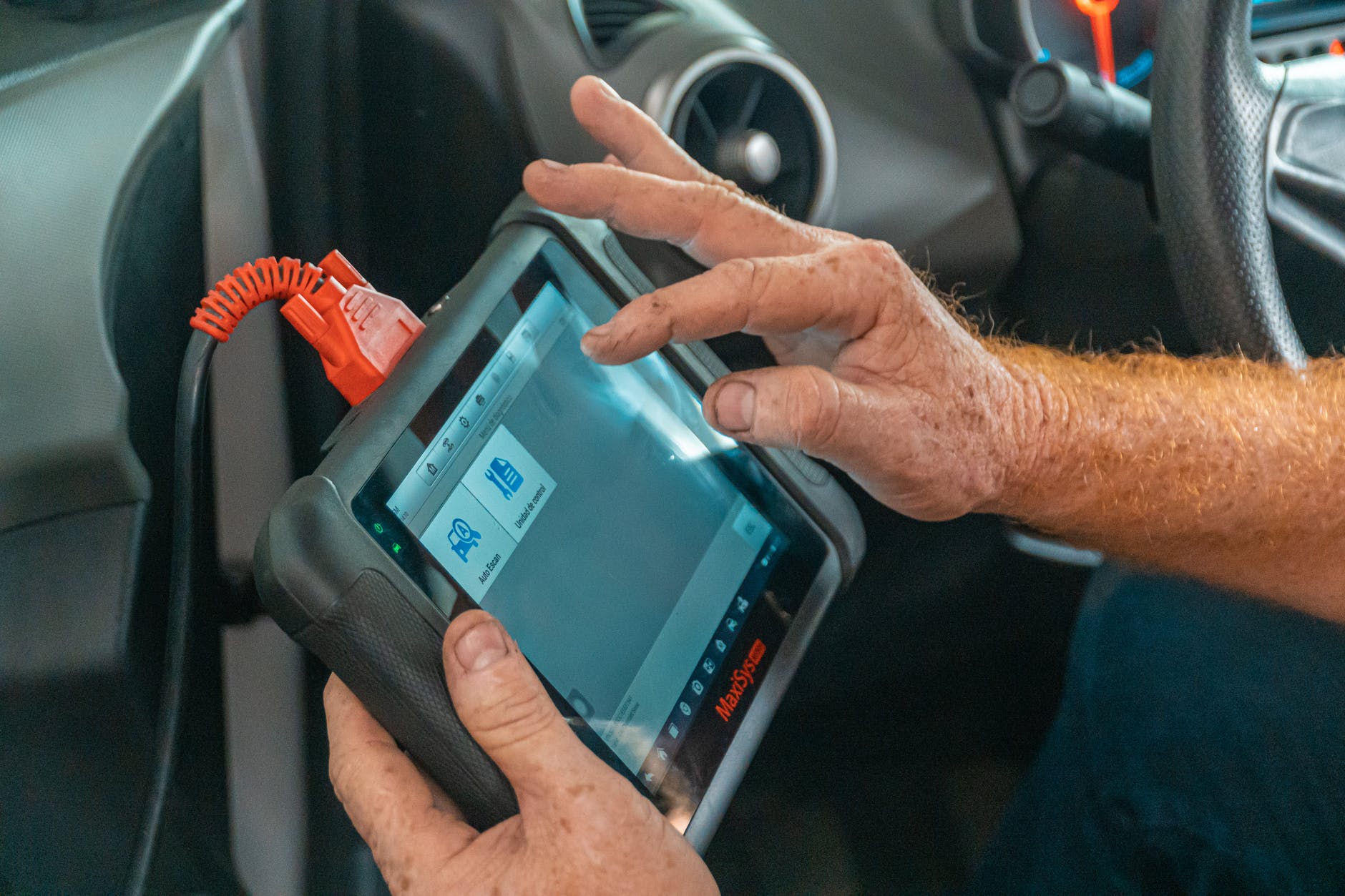Car inspection vs evaluation - what's the difference?

The words inspect and evaluate can sometimes be used interchangeably to referred to the process of conducting a thorough check to ascertain the integrity or quality of an item.
Inspect is defined as 'to view closely in critical appraisal', while evaluate is defined as 'to determine the significance, worth, or condition of usually by careful appraisal and study'.
When it comes to cars, however, inspection and evaluation in the context of the Land Transport Authority refer to two specific and different processes. Do you know the difference?
A car inspection is a mandatory periodic roadworthiness check that all cars have to undergo, with the frequency of inspection depending on the type and age of your vehicle.
The inspection is to ensure that vehicles are maintained regularly to meet roadworthiness and emission standards, so as to minimise breakdowns and road accidents.
For passenger cars between three to 10-years old, an inspection must be done every two years. Cars older than 10-years old are required to be inspected annually.
You can send your vehicle for inspection at any LTA-Authorised Inspection Centre (AIC).
During an inspection, the following will be checked: Structural integrity, wheel system, braking system, steering system, condition of the vehicle's body, visual and indication system, and the propulsion system.

A car evaluation, unlike a car inspection, isn't mandatory. Rather, it is a service offered by various companies, including VICOM, STA and AAS, which provide a thorough and factual assessment of a pre-owned car's condition.
This will help buyers to fully assess the condition of a pre-owned car prior to making a decision about buying the vehicle.
Compared to an inspection, a car evaluation is a much more thorough and in-depth check on the vehicle. Beyond assessing its roadworthiness, an evaluation will evaluate a vehicle's exact condition and quality based on CASE's Standard and Functional Evaluation Checklist for Pre-Owned Cars.
The evaluation is conducted in two parts. Part A is done by the car dealer and focuses primarily on visual and functional checks.
Part B is done at a professional evaluation centre, with the following checks done to generate the Professional Evaluation Report:
| Items checked | Description of checks performed |
| Engine | Includes visual inspection to identify oil seepage, overheating and abnormal engine noise and condition of the drive belt |
| Engine Mounting |
Includes checks to identify abnormal vibrations resulting from the defective engine mounting |
| Fluid Level |
Includes various dipstick and/or visual checks (where possible) to ensure that there is sufficient engine oil, power steering fluid, transmission oil, brake fluid, cooling system coolant level, clutch fluid and a visual inspection for potential contamination of the fluids |
| Transmission Box |
Includes road tests and checks to identify abnormal noises during engine operation, including the gear transmissions |
| Chassis Frame |
Includes visual inspection to identify possible cracks or damage to chassis, welding and corrosion of the chassis (if any) |
| Bodyworks |
Visual checks for scratches, dents, and sign of touch-up of bodyworks |
| Suspension System |
Inspection of the shock absorbers for seepage and defective component and observing the performance of the suspension and the condition of the suspension linkages |
| Air-Conditioning | Measurement of temperature of cooled air for a specified period |
| Cooling System |
Checking of the engine temperature, check cooling fans, hoses and radiator cap of the cooling system for leakage to ensure that the cooling system is operating within the normal operating parameters as indicated in the car instrument panel |
| Electrical System |
Includes checks on the working electrical system to ensure that all lights, air conditioning, battery (using battery tester) and alternator are working |
| Brakes and Alignment |
Inspection of brake rotor and brake pad, measurement of brake efficiency using roller brake tester. Alignment test conducted on side slip tester to check for misalignment of wheel(s) |
| Rims and Wheels |
Visual inspection for damaged, uneven wear and missing nuts on rims and depth of all the tyres threads |
| Road Testing |
Observation for engine misfiring, proper gear transmission, steering wobble, vehicle swerving and abnormal noises (including wheel bearing or wind noise) |
| Visual Inspections |
Includes visual inspection of body works, accessories (if any), tinted film, spoiler, additional lamps for compliance with the relevant Land Transport Authority regulations |
No matter how pretty or pristine a car looks visually, the fact of the matter is that no pre-owned car can truly be 'showroom' condition, owing to the simple fact that it did not just come off the factory line.
Thus, conducting an evaluation for a pre-owned car before you buy it can give you peace of mind, ensuring that you are not buying a 'lemon'.
This article was first published in sgCarMart.